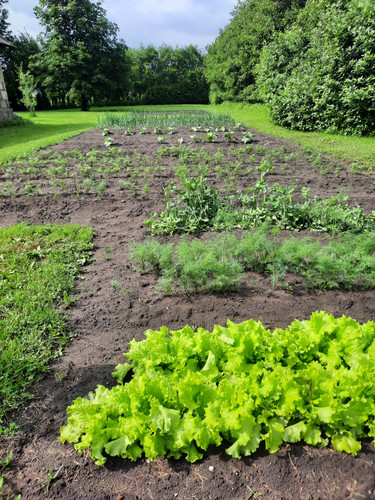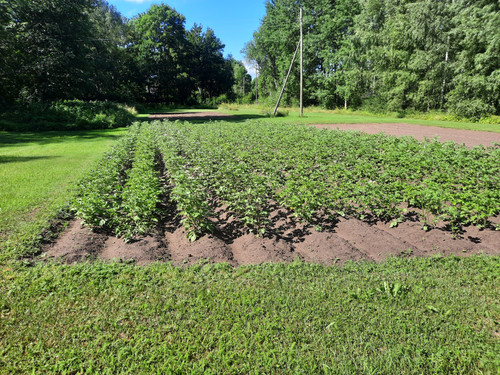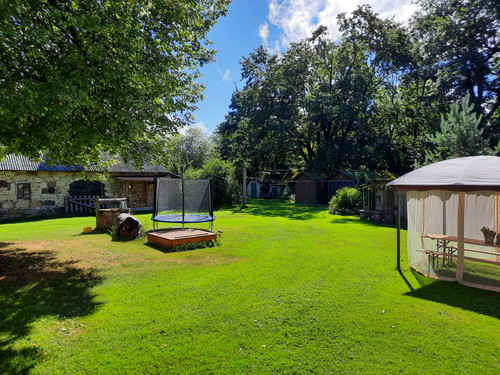So after spending most of the weekend in the Garden, I thought it might be nice for those of us with green fingers to share some tips and stories on how everything is going with our green spaces.
Right now I'm prepping a space for my Pumpkins to go in.
Yesterday morning:

Yesterday afternoon:

I cleared a roughly 10ft by 25ft patch of weeds, broke up the soil, then tilled in a 50/50 mix of my home made compost with a bag of organic fertiliser. I'm going to put down a water retention sheet and plant some Crown Squashes, Cinderella, Ghost, Munchkin and Blue Pumpkins, with a couple of Giants at the back. The Giants and a few of the others will be made into lanterns for Halloween, the rest for eating.
Most of the rest of this area of the Garden is for Fruit and Veg. Everything from Potatoes to Asparagus.



Next after Punmpkins will be Runner Beans, which I'm hoping will be done by the end of the week.
It's not enough to live off, but it sure tastes better and reduces the food bills.
Anyone else a keen Gardener here, or dabbling in the self sufficiency thing?
Right now I'm prepping a space for my Pumpkins to go in.
Yesterday morning:

Yesterday afternoon:

I cleared a roughly 10ft by 25ft patch of weeds, broke up the soil, then tilled in a 50/50 mix of my home made compost with a bag of organic fertiliser. I'm going to put down a water retention sheet and plant some Crown Squashes, Cinderella, Ghost, Munchkin and Blue Pumpkins, with a couple of Giants at the back. The Giants and a few of the others will be made into lanterns for Halloween, the rest for eating.
Most of the rest of this area of the Garden is for Fruit and Veg. Everything from Potatoes to Asparagus.



Next after Punmpkins will be Runner Beans, which I'm hoping will be done by the end of the week.
It's not enough to live off, but it sure tastes better and reduces the food bills.
Anyone else a keen Gardener here, or dabbling in the self sufficiency thing?





































